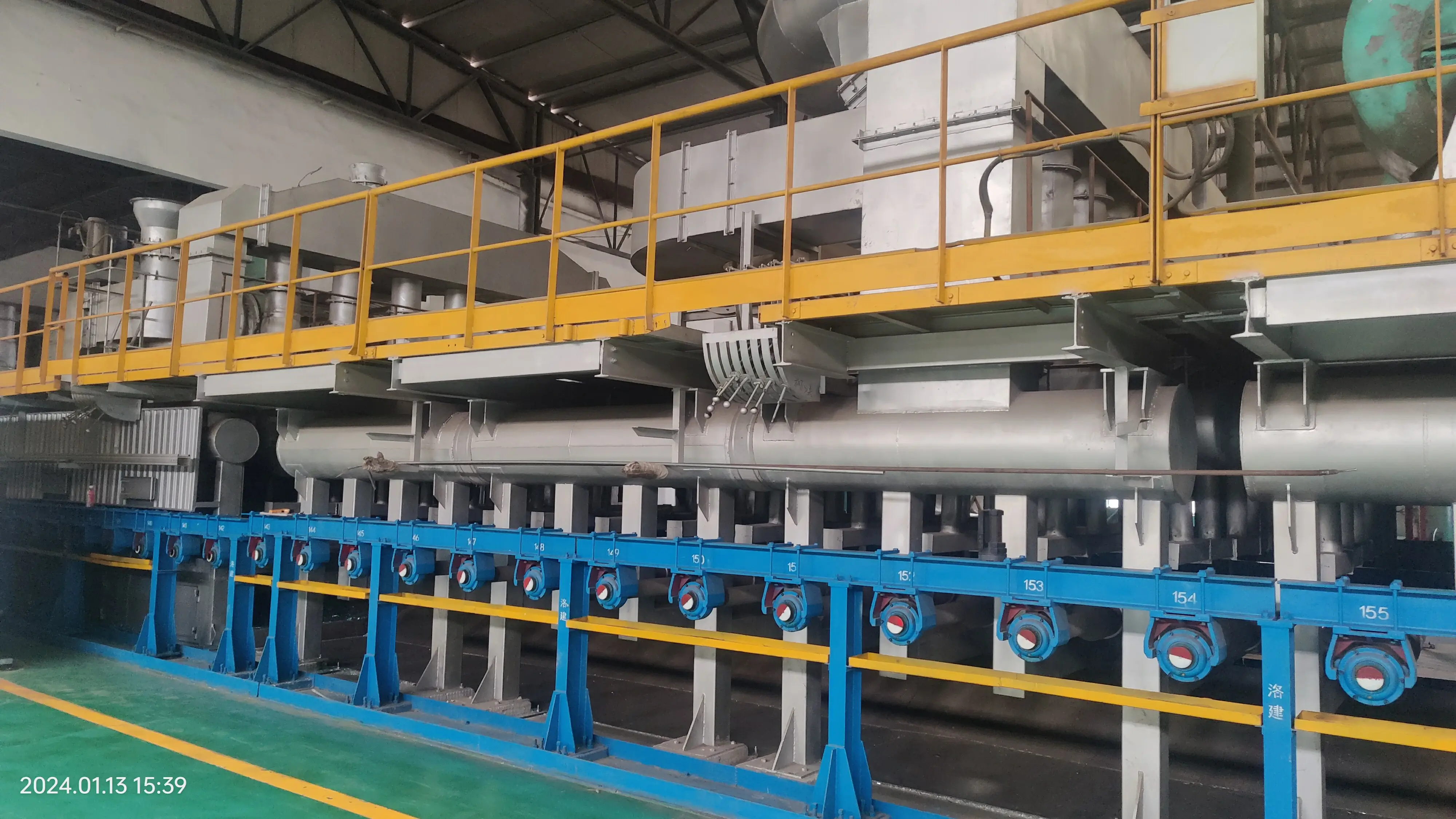

The Rise of Reflective Glass Manufacturers A Glimpse into Modern Architecture and Sustainability
In recent years, the demand for reflective glass has surged, driven by a growing emphasis on energy efficiency, aesthetic appeal, and innovative architectural design. Reflective glass, known for its ability to control sunlight and enhance privacy, has become a vital material for modern buildings. As cities expand and environmental concerns mount, the role of reflective glass manufacturers has never been more significant.
Reflective glass works by coating a standard glass substrate with a thin layer of metal or metallic oxide. This process imparts a reflective quality that limits heat gain while allowing natural light to penetrate. Consequently, buildings equipped with reflective glass require less energy for cooling, thereby reducing overall energy consumption. This enhancement not only leads to lower utility bills for occupants but also contributes to a reduction in carbon footprints, aligning with global sustainability goals.
One of the defining aspects of the reflective glass manufacturing sector is its commitment to innovation. Manufacturers are constantly researching and developing new technologies to enhance the reflective properties of glass without compromising visual clarity. Advances in nanotechnology, for instance, have enabled the production of coatings that offer superior durability while maintaining aesthetic qualities. These innovations have widened the applications of reflective glass, making it suitable for not only skyscrapers but also residential buildings, schools, and public infrastructures.

The aesthetic benefits of reflective glass are just as compelling as its functional advantages. The sleek, modern look of reflective glass facades contributes to the skyline of urban environments, offering a contemporary aesthetic that appeals to architects and builders alike. With its ability to reflect the surrounding landscape, reflective glass also creates dynamic visual effects that change throughout the day, making buildings appear to interact with their environment. This symbiosis between architecture and nature elevates the design of urban spaces.
Moreover, the competitive nature of the reflective glass manufacturing industry has encouraged best practices in production and sustainability. Many manufacturers are adopting eco-friendly policies, such as recycling waste materials and utilizing renewable energy sources in their production processes. This shift towards sustainability is not only beneficial for the environment but also for manufacturers, as more clients prioritize green certifications when selecting materials for construction projects.
In summary, the role of reflective glass manufacturers is pivotal in the intersection of modern architecture and sustainability. As reflective glass continues to gain popularity for its energy-efficient properties and aesthetic versatility, manufacturers will need to keep pace with technological advancements and environmental standards. The future of reflective glass is bright, promising to reshape our architectural landscapes while promoting a more sustainable approach to building design. As cities grow and evolve, the contributions of this industry will undoubtedly play a crucial role in creating eco-conscious urban environments.